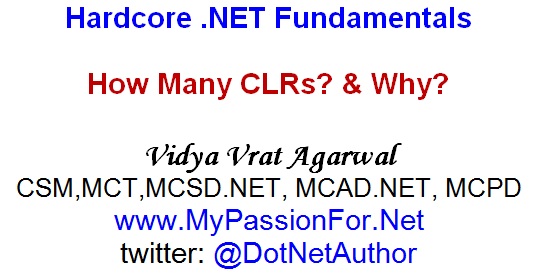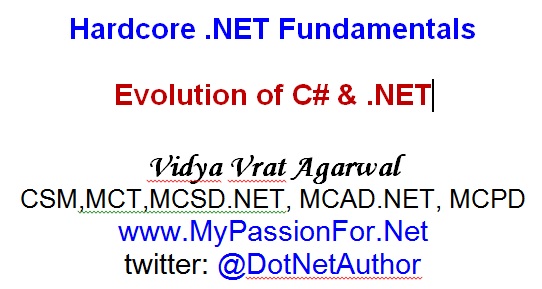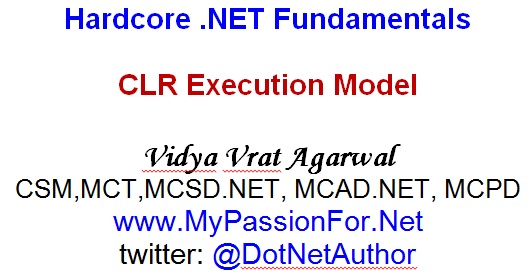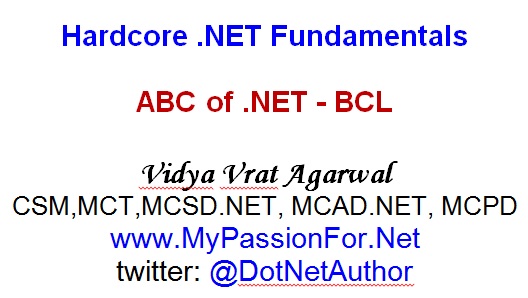In this article, I’ll cover the following:
- Introduction to SQL CLR
- Choosing Between T-SQL and SQL CLR
- Enabling SQL CLR Integration
- Creating a SQL CLR Stored Procedure
- Deploying a SQL CLR Stored Procedure into SQL Server
- Executing the SQL CLR Stored Procedure
Introduction to SQL CLR
SQL CLR is a tiny version of the .NET CLR that is integrated into the SQL Server 2005 and onwards. The existence of CLR in SQL Server allows the C# programmers and other .NET compliant language programmers to write database specific business logic in a programming language like C# instead of T-SQL. Let’s understand what type of objects a programmer can create with SQL CLR integration. Read Full Article Here
The following are objects that can be created using SQL CLR:
- The following types of database objects can be created with SQL CLR Integration:
- Stored Procedures
- User defined aggregates
- Triggers
- User defined types









 I am a hands-on architect with proven 19+ years of experience in architecting, designing, and developing distributed software solutions for large enterprises. At Microsoft, as a Principal Software Engineering Manager, I own the Platform team. I see software development as a craft, and I am a big proponent of software architecture and clean code discipline-n-practices. I like to see the bigger picture and make a broader impact. I was also a Microsoft MVP for past 7 years on Visual Studio and Dev Technologies I can be reached at vidya_mct@yahoo.com or twitter @dotnetauthor
I am a hands-on architect with proven 19+ years of experience in architecting, designing, and developing distributed software solutions for large enterprises. At Microsoft, as a Principal Software Engineering Manager, I own the Platform team. I see software development as a craft, and I am a big proponent of software architecture and clean code discipline-n-practices. I like to see the bigger picture and make a broader impact. I was also a Microsoft MVP for past 7 years on Visual Studio and Dev Technologies I can be reached at vidya_mct@yahoo.com or twitter @dotnetauthor



